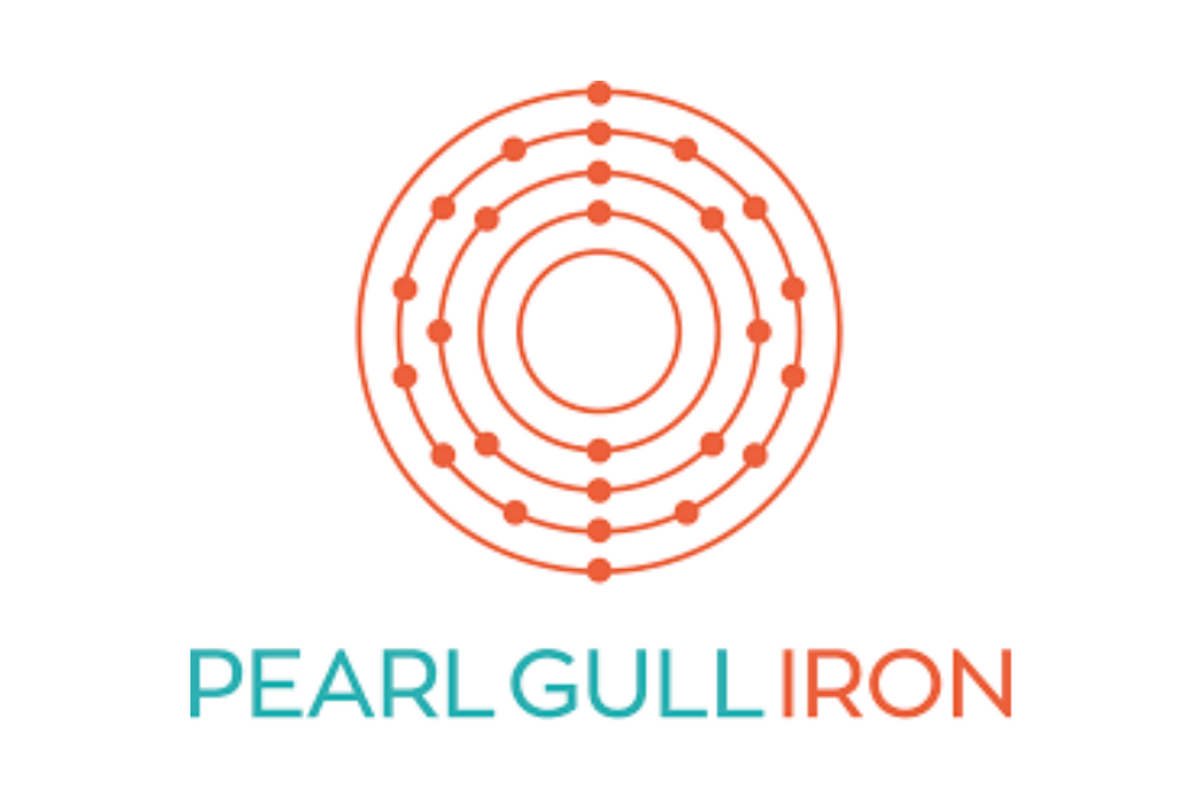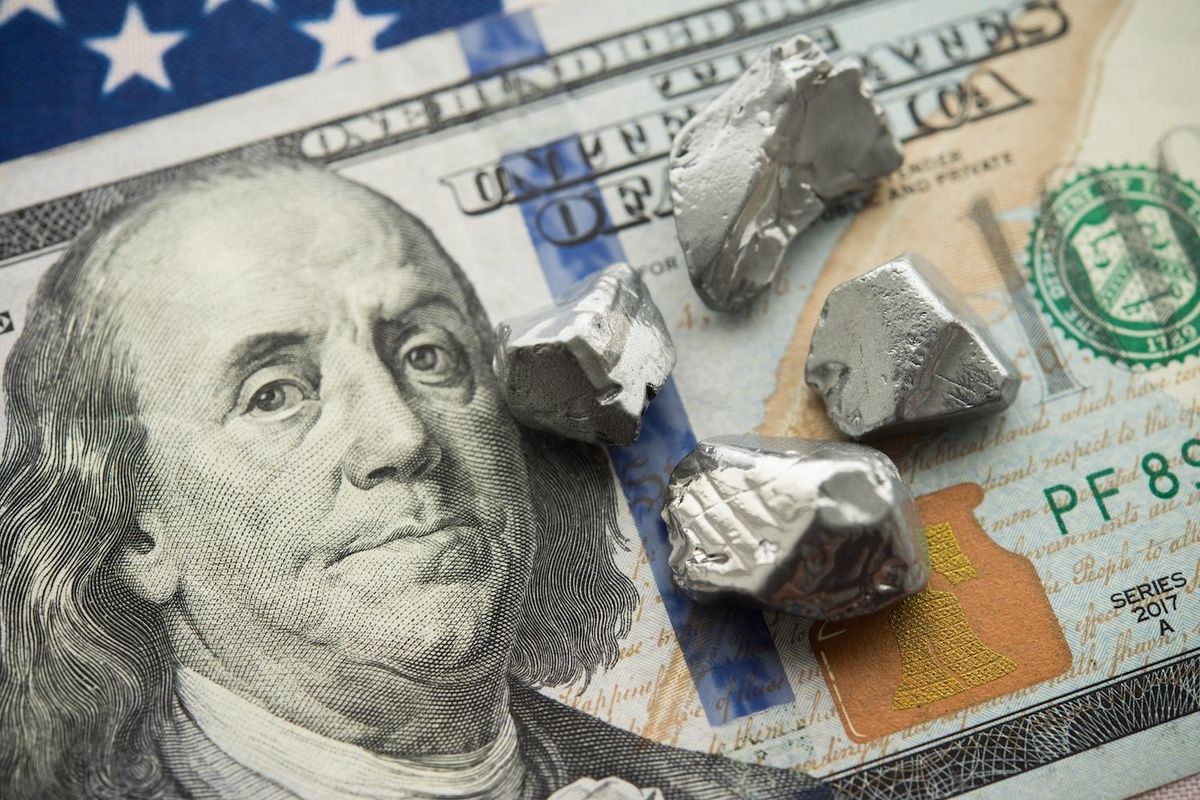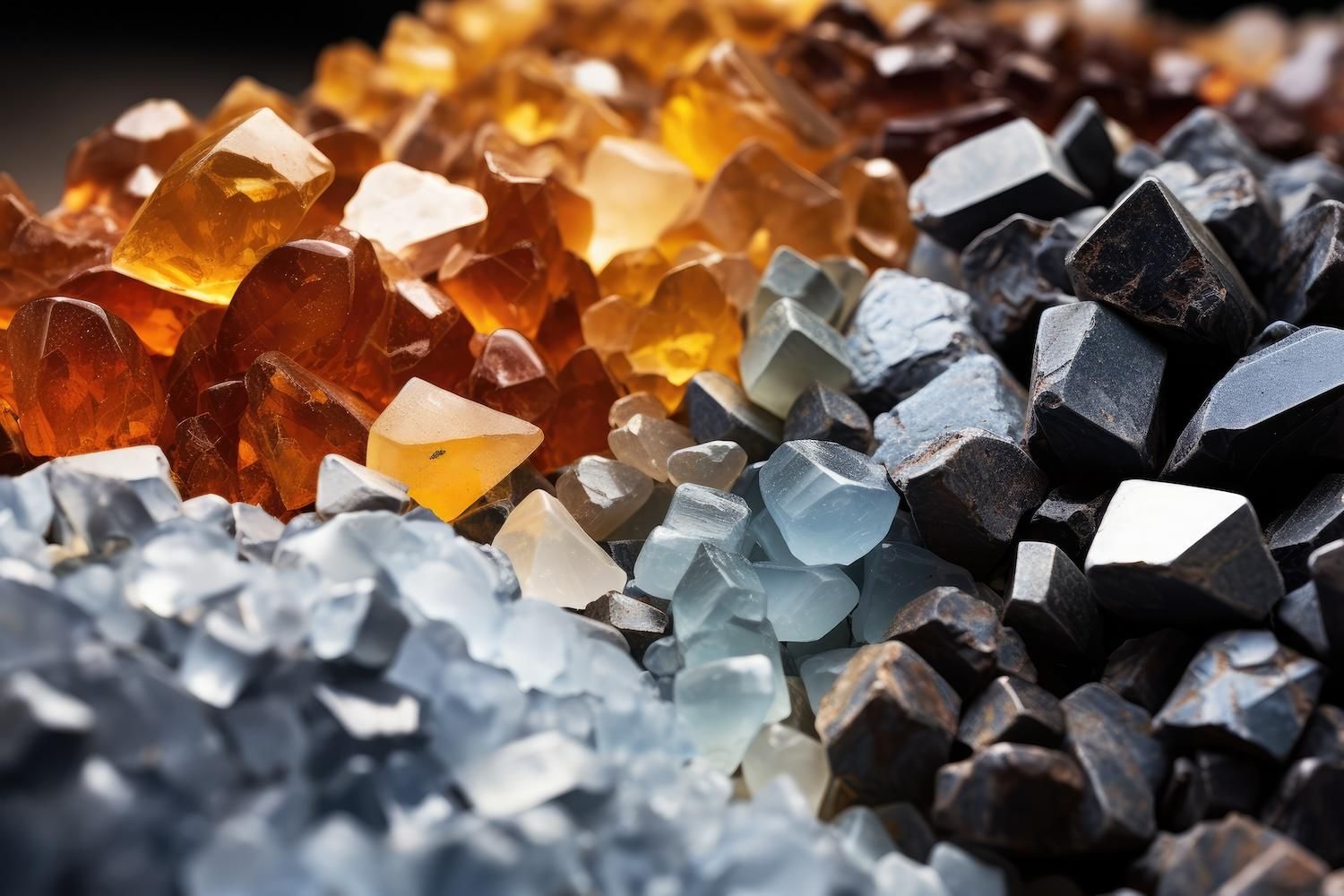
July 14, 2024
Pearl Gull is pleased to advise that it has entered into a binding term sheet to acquire 100% of the fully paid ordinary shares in Huemul which in turn has signed an agreement and is negotiating a further agreement for it to have a right to earn up to 80% of the equity in a privately held Chilean-company, NeoRe SpA (NeoRe).
Highlights:
- Pearl Gull Iron Limited (ASX: PLG) (Pearl Gull, PLG or the Company) has entered into a binding agreement to acquire Huemul Holdings Pty Ltd (ACN 665 254 491) (Huemul) (the Acquisition). Huemul has signed an agreement and is negotiating a further agreement to have the right to earn up to an 80% interest in NeoRe SpA.
- NeoRe SpA is a Chilean company that holds tenements and tenement applications in Chile that are highly prospective for Ionic Adsorption Clay (IAC) Rare Earth Elements (REEs) – the La Marigen Project
- The La Marigen Project consists of 5 tenement/tenement application areas covering a combined area of ~22,800ha along the coastal belt of Chile, an emerging IAC REE province
- The coastal belt of Chile is underexplored; however, the belt has numerous analogies with respect to the geology and weathering profile of the prolific southern China ionic rare earth province that spans from Yunnan in the southwest to Zhejiang in the southeast
- Following the acquisition of Huemul, the Company proposes an exploration programme at the La Marigen Project, drawing on leading geochemical and geophysical methodologies to identify priority drill targets
- The region is known to host mineralised clay horizons that are highly enriched in REE elements such as (Nd+Pr & Dy+Tb) as demonstrated at the nearby advanced IAC REE project, Penco, owned by TSX-listed Aclara Resources Inc (TSX: ARA) (Aclara)
- Importantly, the style of REE enrichment in this coastal belt frequently results in a mineral assemblage skewed towards heavy rare earth elements (HREE)
- NeoRe SpA's in-country team has extensive knowledge and experience operating in the region and was instrumental in the development of the target generation of rare earth resources, that led to resources that underpin Aclara’s Penco Project
- The Company will also assess further complementary mineral exploration opportunities in the region to assess value accretive opportunities in this IAC REE district
- Experienced minerals industry Executive, Dr John Mair, to join the Board and oversee the Company’s REE strategy. Dr Mair has over a decade of experience in the rare earth sector through his integral role in resource development, and metallurgical and feasibility studies of the Kvanefjeld project in Greenland
NeoRe holds 4 granted tenements and is the applicant pursuant to tenement applications that are considered to be highly prospective for IAC REEs, collectively covering a surface area of ~22,800ha and which comprise the La Marigen Project. Further details are provided in the Tenement Schedule in Appendix 5.
In parallel with the Acquisition, experienced Rare Earth industry executive Dr John Mair will join the Board of Pearl Gull and will provide guidance and oversight to the exploration activities in relation to the La Marigen Project.
The NeoRe in-country exploration team is highly credentialed and has extensive knowledge and experience operating in the region. They have a robust track record of delineating and developing REE resources and following this transaction will be well positioned to progress the La Marigen Project.
The Acquisition and proposed farm-in to the La Marigen Project would further strengthen the asset portfolio of Pearl Gull with the Company seeking to leverage its network in the resources industry to provide new opportunities for its shareholders while still seeking to realise value from the Cockatoo Island Project, located on Cockatoo Island, situated off the Northwest coast of Western Australia.
Chairman Russell Clark commented:
“The farm-in to the La Marigen Project provides the Company with an opportunity to potentially acquire an interest in an emerging ionic adsorption clay rare earth elements region, known to host high grades. Importantly the project area is located in close proximity to Concepción, which is a major industrial city on the coast of Chile.
The limited surface sampling programme within the project area returned results commensurate with reported occurrences of IAC REE deposits in the region. Additionally, our partners at NeoRe conducted (un-certified) bulk sample testing (200kg sample) at the University of Concepción, which returned preliminary results suggesting that the project areas are reasonably likely to host disorbable IAC REE.
This demonstrates the potential that the region is prospective to host IAC REE and provides the Company with an exciting opportunity within an emerging region."
Click here for the full ASX Release
This article includes content from Pearl Gull Iron Limited , licensed for the purpose of publishing on Investing News Australia. This article does not constitute financial product advice. It is your responsibility to perform proper due diligence before acting upon any information provided here. Please refer to our full disclaimer here.
PLG:AU
The Conversation (0)
12 December
ReeXploration Announces Field Program Results Confirming Large-Scale Uranium Target at Eureka, Namibia
Ground radiometrics, soil geochemistry and mapping reinforce the potential for a Rossing-style system beneath shallow coverReeXploration Inc. (TSXV: REE) (FSE: K2I0) ("ReeXploration" or the "Company") is pleased to announce results from its uranium field program, which provide strong support for... Keep Reading...
09 December
Pensana Secures US$100 Million Investment for US Mine-to-Magnet Plan
Pensana (OTC Pink:PNSPF) reported on Tuesday (December 9) that it has concluded a US$100 million subscription with a strategic investor.According to the London-listed company the deal underpins its braoder Mine-to-Magnet strategy in the United States.While the company kept the investor... Keep Reading...
07 December
U.S. Investors Lead Oversubscribed $17m Placement
Locksley Resources (LKY:AU) has announced U.S. Investors Lead Oversubscribed $17m PlacementDownload the PDF here. Keep Reading...
04 December
ABx Receives First Mixed Rare Earth Carbonate Sample from Deep Leads
ABx Group (ASX:ABX) said the Australian Nuclear Science and Technology Organisation (ANSTO) has produced the first mixed rare earth carbonate (MREC) sample from the Deep Leads resource in Northern Tasmania.A Tuesday (December 2) press release states that the ANSTO sample contains 4 percent... Keep Reading...
02 December
China Issues First Streamlined Rare Earth Export Licenses
China has reportedly issued the first batch of streamlined rare earth export permits since its implementation of a new rare earths licensing regime following the recent Trump-Xi summit.A source told Reuters that at least three firms now have “general licenses” allowing faster exports to some... Keep Reading...
26 November
Raises $2.25M to Expedite Developing Harts Range Project Post Metallium Deal
New Frontier Minerals Ltd (LSE and ASX: NFM) is pleased to advise that it has received firm commitments to subscribe for A$2,250,000 (before costs) through a placement of 107,142,857 shares ("New Share") to professional and sophisticated investors at an issue price of $0.021 per share... Keep Reading...
Latest News
Latest Press Releases
Related News
TOP STOCKS
American Battery4.030.24
Aion Therapeutic0.10-0.01
Cybin Corp2.140.00





